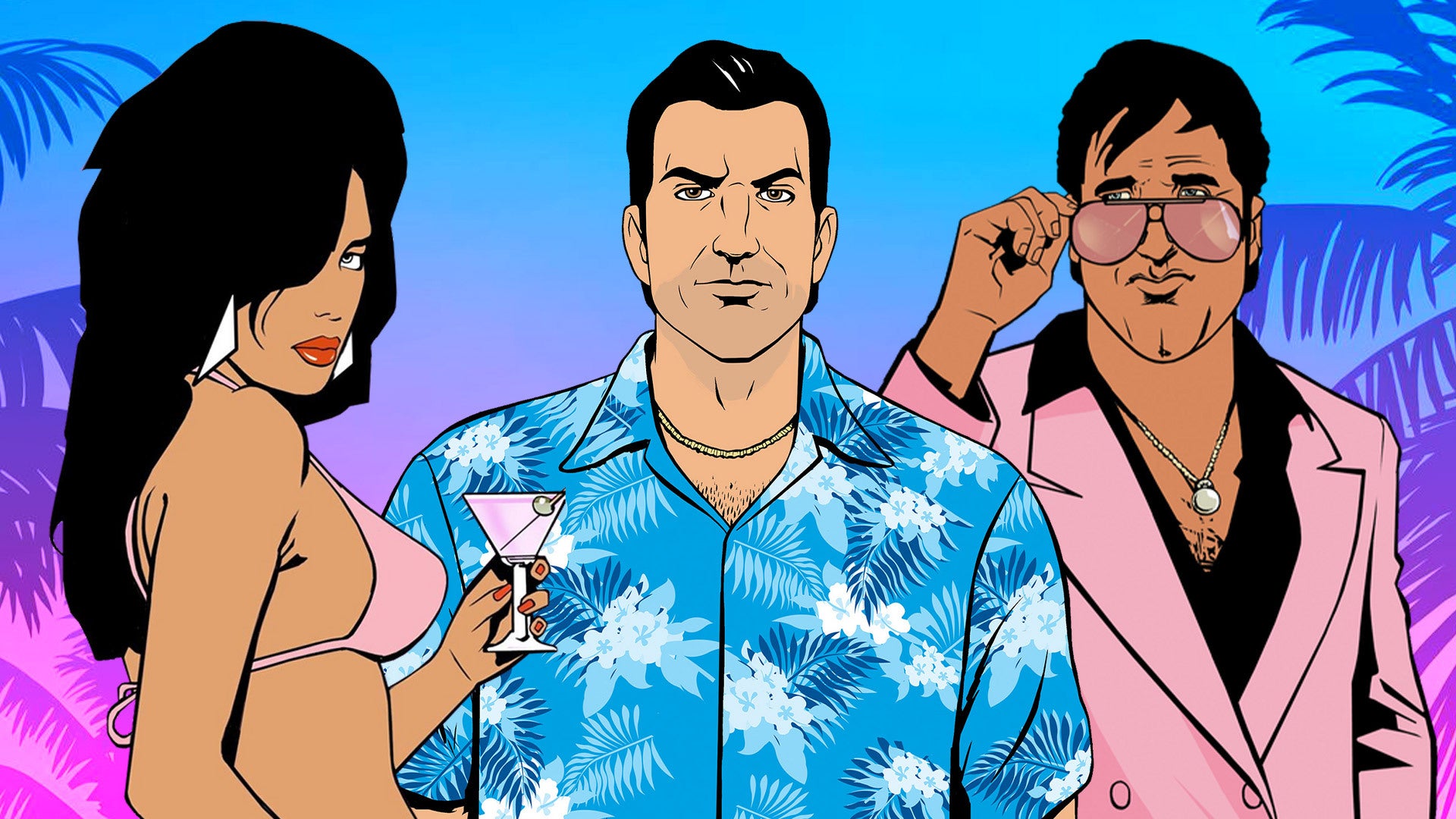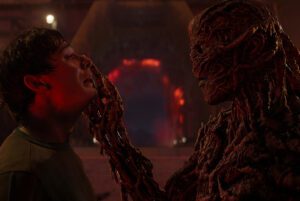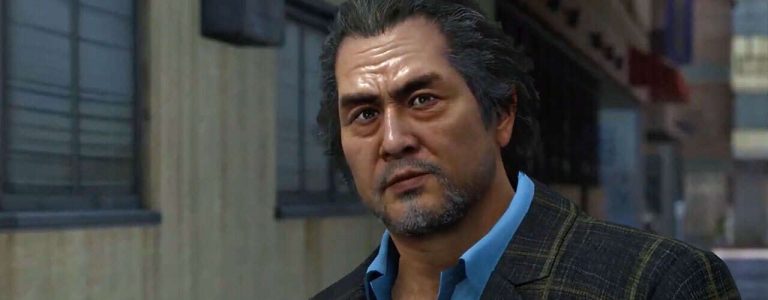
There really is no original discussion left to be had about 2002’s Grand Theft Auto: Vice City. Every spoonful of praise it’s deserved to have heaped upon it over the years has been dolloped. Every pixel has been pored over. Every Easter egg analysed. Every angle exhausted.
GTA: Vice City’s status is cemented: it’s legendary. A key pioneer of open world action, with a style like no other, and a soundtrack that’s beyond reproach. Released a mere 12 months after the astonishing GTA III, as far as sequels go they don’t get much more spectacular.
Of course, none of this is news to the 17-odd million people who bought it, or indeed the unknown millions more who’ve played it. To be honest, writing about GTA: Vice City is a little like trying to find a new way to describe how good the 1990s Chicago Bulls were at basketball.
We get it.
IGN’s Twenty Questions – Guess the game!
Still, for some of you, 2002 really is a literal lifetime ago. Perhaps beyond it. For some of you, maybe GTA: Vice City is little more than a distant artefact, with little to no personal resonance. A retro-themed retro relic itself, coated in two decades of digital dust.
For those of you who grew up detached from the aura around Vice City – that magic that older disciples of GTA remain dedicated to – we could explain that Vice City is special for being the GTA where vehicle variety truly exploded (introducing motorcycles, helicopters, and planes that didn’t have their wings clipped off). We could describe how it was the first GTA that didn’t ask you to rely solely on a paper map, or how it introduced property purchases and outfit changes. We could even discuss its drastically different (and vastly improved) approach to storytelling, which benched GTA III’s mute protagonist in favour of a fully-voiced one – brought to life by none other than the late, great Ray Liotta, no less.
All of these things were meaningful improvements but, in terms of what really makes GTA: Vice City so special, they all pale in comparison to the setting itself.
The where? Sure. More specifically, though? It was the when.
GTA: Vice City famously transported players back to the neon-drenched excess of 1986, and it was fabulously successful at it. It wasn’t the fleet of angular exotic supercars and wallowing American land whales on the roads. It wasn’t the blend of beachside glamour with a cocktail of chainsaw carnage, cocaine, and cheap porn. It wasn’t the pastel pants, the palm-lined streets, or the pulsating period soundtrack. It was all of those things working together to form an irresistibly immersive time capsule.
It’s been put by some that GTA: Vice City was the driving force behind the whole subsequent wave of ’80s nostalgia – the prototype for pop culture’s fascination with the decade fashion forgot – but that isn’t really a view I subscribe to. Yes, GTA: Vice City was a phenomenon – and its period approach was powerfully influential – but it really should be looked at as a piece of a larger puzzle. Hell, half of 1997’s Boogie Nights is set in the ’80s. 1998’s The Wedding Singer is set in 1985. 200 Cigarettes from 1999 is set in 1981, and 2000’s American Psycho is set in 1989. That’s before we even consider the likes of Dazed and Confused, 54, Detroit Rock City, Almost Famous, or That ’70s Show, all productions that used the 1970s as their backdrop.
No, GTA: Vice City didn’t pioneer the period approach. However, even though it didn’t singlehandedly invent the retro lens, it did give us a unique way of experiencing it. That is, we weren’t just looking through it – we were living it.
To this day, the opening moments of GTA: Vice City remain one of my most memorable gaming experiences. Ever. After getting into your first car in Vice City the very first thing you’ll hear is the sonically unmistakable intro of Michael Jackson’s Billie Jean. Before the scourge of social media sharing, that small but meaningful moment feels like a happy accident; there are, after all, dozens and dozens of classic ’80s gems stitched into the virtual stereos of GTA: Vice City. It could have been any one of them, right? No, it couldn’t have. It was engineered to be Billie Jean. Everyone heard it. Or, at least, they did until later re-issues and remasters of the game had the song trimmed from the soundtrack.
Either way, the effect was instantaneous, and I was plunged into the past from that moment on. It may be a primitive looking game by modern standards, but back in 2002 GTA: Vice City was an extraordinarily effective time machine that took me back to the era I grew up in, albeit to a place I only knew from the likes of Scarface, Miami Vice, and… well, Police Academy 5: Assignment Miami Beach. You don’t have to tell anybody else about that last one.
Rockstar is yet to officially showcase the first glimpse of the next chapter of Grand Theft Auto to the world, but it has confirmed it will do so this week. If we go by early reporting, the game is set to unfold in a new vision of Vice City, and will occur in the present day (just as GTA IV and GTA V each did at the time of their releases). Is this the complete picture? Who can say until we see the final result?
Are there ways a new Grand Theft Auto that revisits Vice City can recapture some of that magic without a period backdrop? Sure there are. Its soundtrack would play a massive part. A heavy dose of glam, stadium ballads, pop, and yacht rock would be essential to serve as echoes of the city’s gaudy past. There’d need to be slabs of dated architecture to add layers of history to the environment itself, which is something I’d anticipate Rockstar is well on top of considering its supreme ability to craft authentic worlds that feel aged and lived-in.
Personally, I hope the scuttlebutt so far isn’t the full story. As much as I’m desperately keen to explore a new GTA world regardless of where or when it’s set, I really would love a twist here that somehow inserts the 1980s back into the equation.
I know there’s resistance to the idea out there but, frankly, I don’t really know what makes the present day so interesting. We live in it every day. Hell, Arthur Morgan doesn’t have a mobile phone, and it doesn’t seem to have harmed Red Dead Redemption 2.
It certainly wouldn’t be entirely unprecedented for a GTA game to reach back over three decades. 2000’s Grand Theft Auto: London 1969 was set over 30 years in the past at the time of release. That is a bit of a deep cut, though. Perhaps it is wishful thinking. Maybe I’m just old.
I certainly feel it, sometimes. After all, a GTA game that launches in 2024 and set equally as distant in the past as GTA: Vice City was in 2002, would be set in 2008.
For those of you playing along at home, that’s exactly the year Grand Theft Auto IV was released.
Luke is a Senior Editor on the IGN reviews team. You can chat to him on Twitter @MrLukeReilly.
























